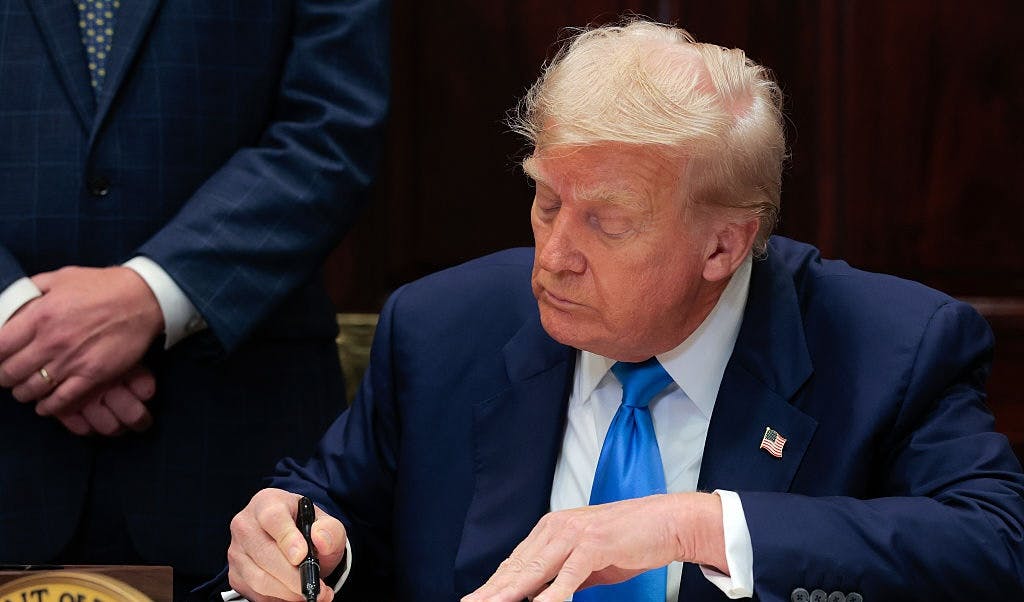The White House has announced a significant update to its US Trade Policy, modifying its comprehensive Economic Tariffs plan just hours before President Donald Trump’s anticipated deadline for new trade agreements. This pivotal development signals a bold re-evaluation of America’s economic stance on the global stage, aiming to recalibrate international commerce.
Originally set for August 1, the implementation of these new Economic Tariffs has been strategically pushed back by a week to August 7. This delay provides essential time for Customs and Border Patrol officials to adequately adjust to the incoming levies, ensuring a smoother transition and enforcement of the revised Customs Regulations that underpin this ambitious strategy.
A core element of the new framework reveals that the 10% universal tariff will serve as the baseline rate for trade with the United States. This specific tariff applies exclusively to countries that currently maintain a trade deficit with the United States, meaning their imports from America surpass their exports, aligning with the Trump Administration’s “America First” agenda.
Conversely, nations characterized by a trade surplus with the United States—those exporting more to America than they import—will face a considerably higher tariff floor. Under the newly unveiled White House plan, goods from these countries will be subjected to a minimum tariff rate of 15%, a clear measure designed to address perceived imbalances in Global Trade relationships.
For countries that have successfully negotiated and finalized new trade agreements with the United States, the tariff landscape will be more nuanced. These nations will experience varied tariff rates, specifically tailored to the unique terms and conditions established within their respective agreements, reflecting a flexible yet firm approach to US Trade Policy.
The Trump Administration articulates these tariffs as a vital and potent instrument designed to prioritize American interests. They contend that this aggressive use of tariffs is essential for rectifying years of unsustainable trade deficits that have, in their view, posed significant threats to both the nation’s economy and its overall national security.
According to a senior administration official briefing reporters, President Trump has, through these actions, essentially “reordered Global Trade.” The official further emphasized that these initiatives are achieving outcomes that the World Trade Organization (WTO) and the broader multilateral trading system have purportedly failed to accomplish on a grand scale over the past quarter-century, underscoring a perceived paradigm shift.
In a related but distinct move, the White House also declared significantly steeper Economic Tariffs targeting Canada. A statement from the Trump Administration indicated an increase in the tariff on Canada from 25% to a substantial 35%, with this higher rate slated to become effective on August 1, 2025, signifying a notable strain in Canada Relations.
This escalation in tariffs against Canada is attributed by a White House fact sheet to Canada’s alleged failure to cooperate in curbing the ongoing influx of fentanyl and other illicit drugs into the United States. Furthermore, it cites Canada’s retaliation against previous actions taken by the President to address what the administration views as an “unusual and extraordinary threat” to the United States, straining Canada Relations further. Ontario Premier Doug Ford swiftly condemned the announcement, urging Canada’s government to resolutely oppose the tariff hike, asserting that “Canada shouldn’t settle for anything less than the right deal.”






Leave a Reply